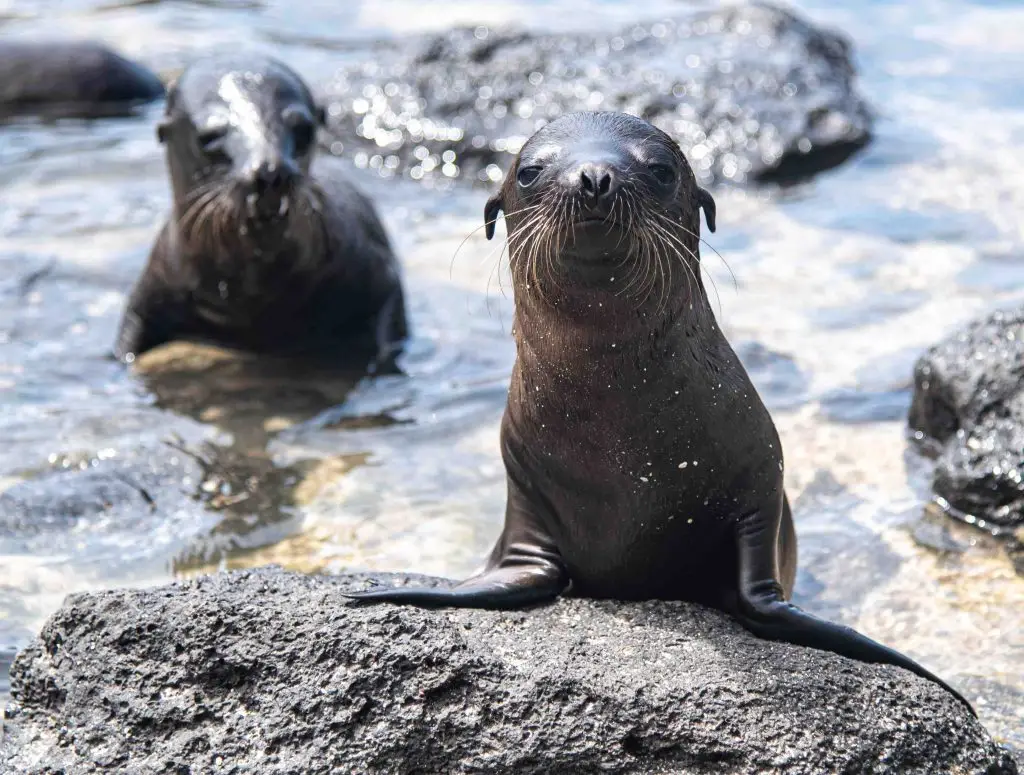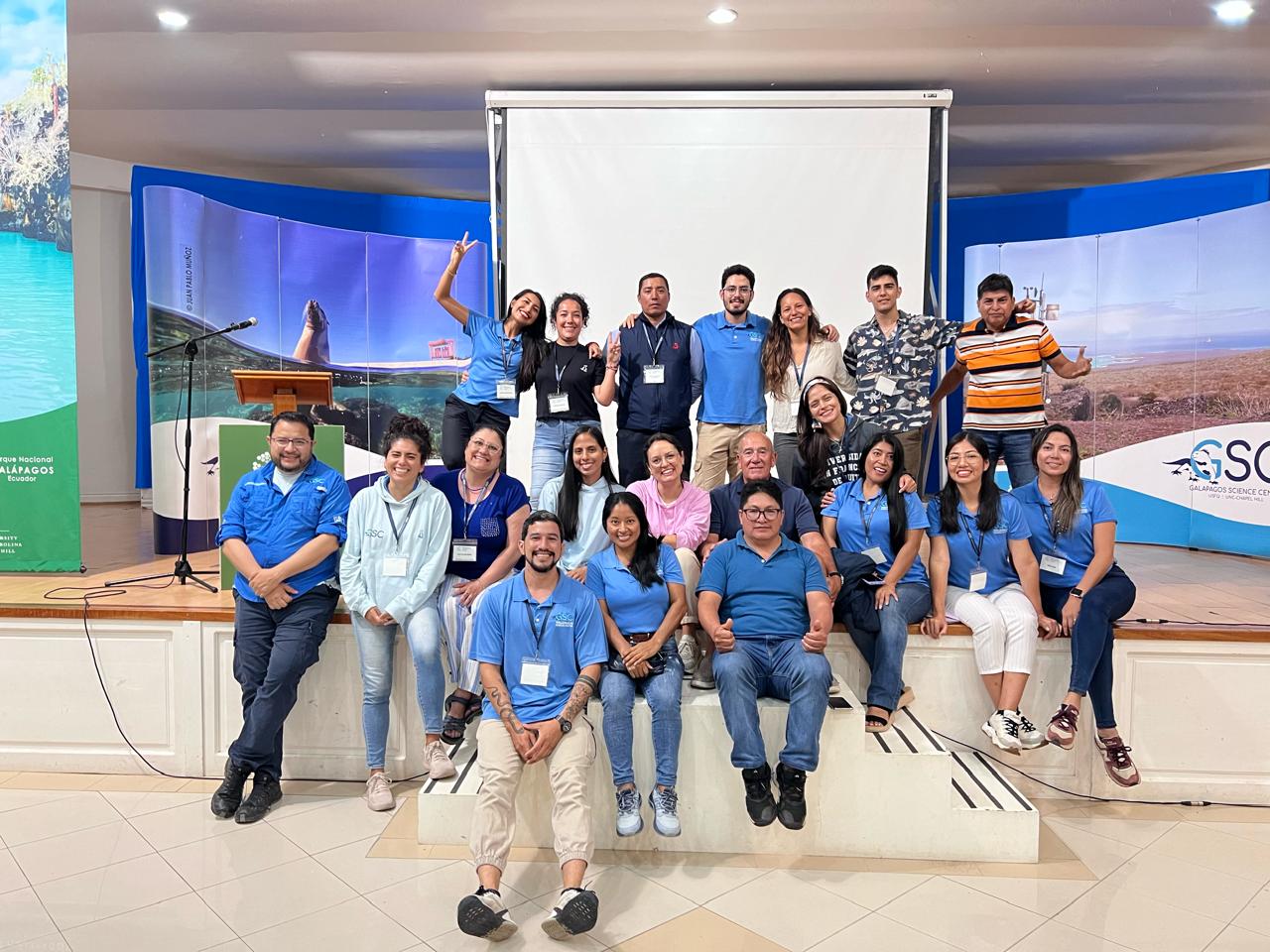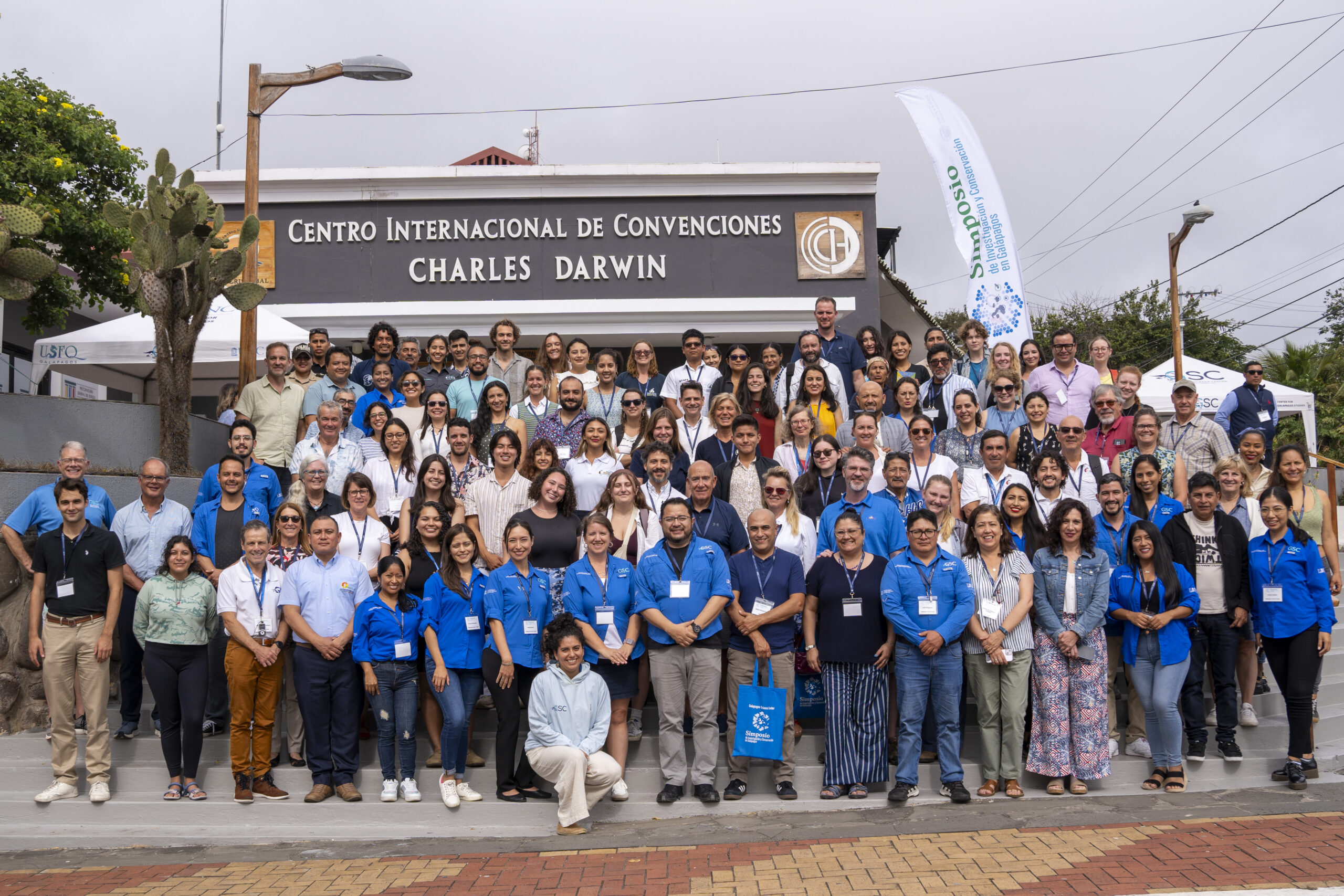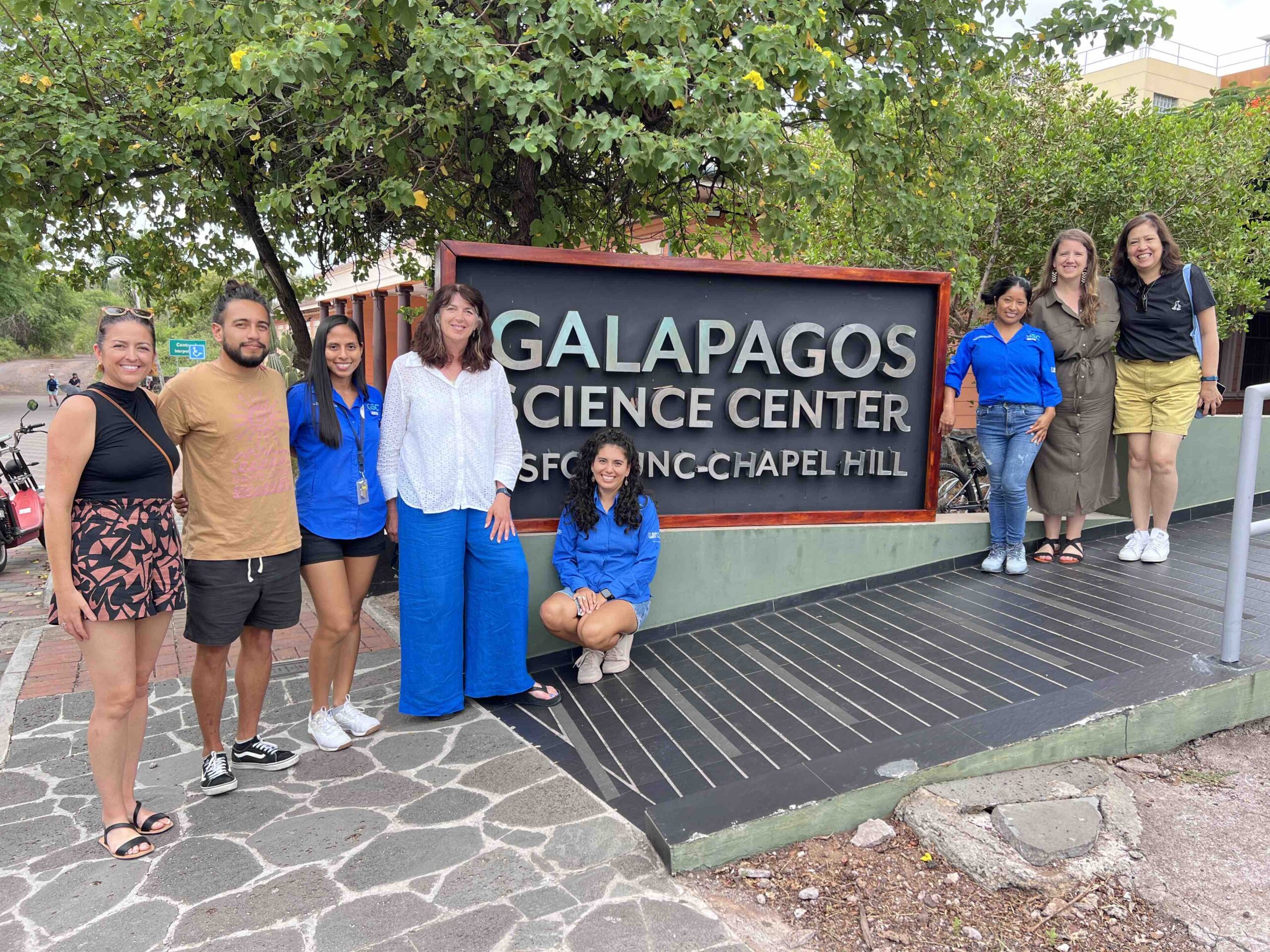Photo: Alexander Custer
Simple Summary
Over the last four decades, the Galapagos sea lion (GSL—Zalophus wollebaeki) has faced a significant population decline. An important concern is the increasing population of domestic dogs in some islands of the archipelago. These animals can be a source of various infectious diseases that can be transmitted to the GSL. An important pathogen is the canine distemper virus (CDV), causing the viral infection that generates the most concern for the agencies responsible for the management and conservation of the Galapagos pinnipeds. This virus was detected in the GSL in 2010; however, very little is known about its circulation and epidemiology. Our study tested 110 GSL serum samples that were collected during the summer of 2016 and 2017. Our results showed an increasing circulation of CDV and highlight the importance of monitoring emerging diseases that can be transmitted from the domestic to the wildlife species of the archipelago.
Abstract
Background: The emblematic Galapagos sea lion (GSL—Zalophus wollebaeki) has faced an important population decline over the last four decades. There are multiple environmental and biological factors that might be implied in this decrease. Recently, evidence of various zoonotic infectious diseases that can be potential threats has been reported. Considering that in some islands of the archipelago the risk of transmission of infectious diseases may be promoted by the increasing population of domestic dogs, epidemiological vigilance and search of new pathogens are essential. The canine distemper virus (CDV), one of the viral pathogens that generate the most concern for the agencies responsible for the management and conservation of the Galapagos pinnipeds, was detected in the GSL in 2010. However, there is scarce information about its impact on GSL health and about its epidemiology. Methods: In this study, 110 GSL serum samples were collected during the summer of 2016 and 2017. All samples were exposed to VERO dog SLAM cells expressing the canine SLAM receptor. Results: Our results showed a significative increase (p = 0.04) in the frequency of neutralizing antibodies to CDV in the 2017 (53.1%) samples compared to the 2016 samples (19.6%). Conclusions: Our work confirmed the continuous and increasing circulation of the CDV in the GSL and highlights the importance of monitoring emerging diseases that can be transmitted from domestic to wildlife species. Vigilance of CDV is essential to understand the role of this virus in GSL mortality and to take informed decisions for wildlife conservation.
Read the article in the link: www.mdpi.com/2076-2615/13/23/3657






